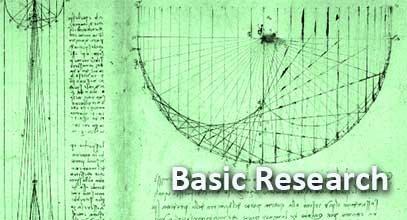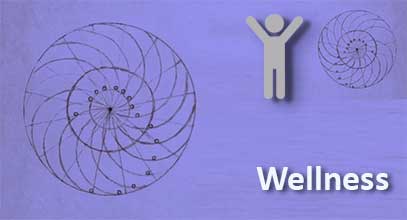10 July 2019
Eye Movement Desensitization and Reprocessing (EMDR) therapy is included in many international trauma treatment guidelines and is also shortlisted as an evidence-based practice for the treatment of psychological trauma and Post-Traumatic Stress Disorder (PTSD). However, its neurobiological mechanisms have not yet been fully understood. In the present article a hypothesis is proposed
that a recently introduced neurophysiologically based three-dimensional construct model for experiential selfhood may help to fill this gap by providing the necessary neurobiological rationale of EMDR.
The hypothesis put forward in this paper proposes that, via the EEG alpha rhythm, the horizontal eye movements of EMDR procedure stimulate a bottom-up resetting of rapid transitional periods in the alpha rhythm within the self-referential brain network (DMN), and that this allows for modulation and rebalancing of activity levels between the three major operational modules of this network in an adaptive and health-promoting direction.



